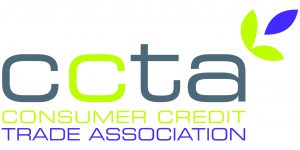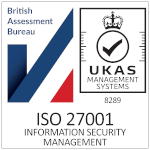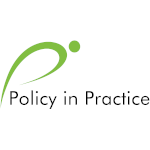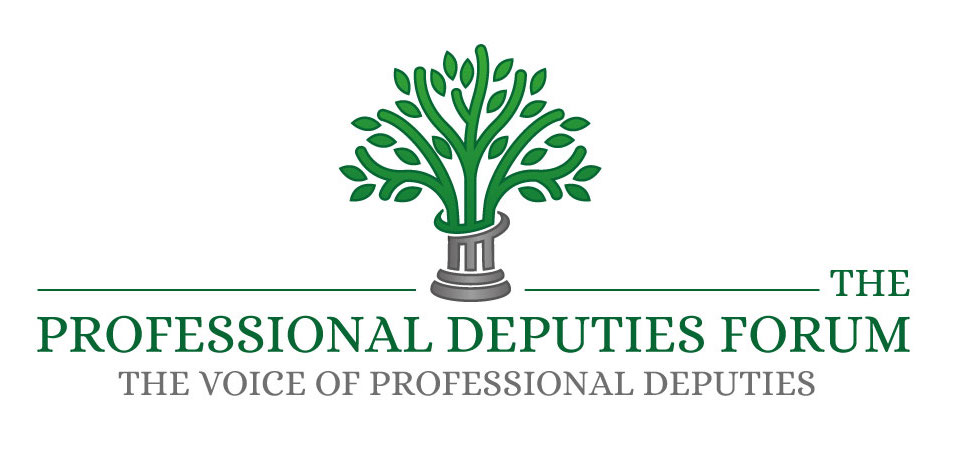Collections must to go from ‘needs unknown’ to ‘finding out at the earliest opportunity’, when it comes to vulnerability
This was the conclusion of a recent industry event, attended by 185 people from credit organisations, collections companies, debt charities and in regulatory roles.
Organised by the Vulnerability Registration Service (VRS) and supported by the Money Advice Liaison Group, the event examined the challenges and practicalities of identifying and supporting vulnerable customers in collections. Five clear messages and routes forward emerged.
1. Barriers to disclosing vulnerability can and must be addressed, in order to give vulnerable people a voice
Creating an environment where people are willing to disclose their vulnerability will be one of the most important requirements as the economy starts to see the full impact of the crisis and millions more become vulnerable. Among the biggest barriers to disclosure are: personal attitude to disclosure, the perceived consequences (most worry it will be on their credit file forever), state of mind, previous experience of disclosure to a firm and attitudes to mental health. Organisations must take steps to understand and address these barriers now, so that they can develop more effective services that support people to share their vulnerable circumstances.
2. Frontline staff need to develop a vulnerability mindset
A key part of enabling disclosure from those who are vulnerable is ensuring frontline staff have the skills and mindset to effectively engage with and support vulnerable customers. They need to be able to spot, probe and encourage disclosure of vulnerabilities, so that the right actions can be taken. They also need to help their customers understand the positive impact on them if they disclose. Charities can be a valuable resource for creating a better understanding of different types of vulnerabilities and how to engage. Credit providers should consider working with them.
3. Organisations must use the resources available to identify, at the earliest possible opportunity, those who are vulnerable
And in particular identify true vulnerability from those who simply won’t pay or are being fraudulent. This is vital so that people are treated fairly, but also to ensure that the right resources are focused on the right actions. If organisations are not equipped to do this at the earliest possible stage, then they must work with third party providers who are. Data sharing will play a key role. For example, using databases like the VRS to identify those who are actually vulnerable, as well as better engagement between creditors and debt advisors where vulnerability assessments are mutually recognised.
4. As well as disclosure, lack of awareness of schemes that help is a real problem
Many people are not aware of provisions that are in place to help them. Most are not aware that organisations might want to know about their vulnerability and that disclosing will have a positive impact on them. More proactive engagement between organisations and those who are vulnerable is needed. While this has been improving over the past year, it is likely that the ‘Breathing Space’ debt respite scheme will be the catalyst that makes it a reality, particularly if the scheme becomes creditor initiated.
4. Vulnerability for the individual does not end once ‘one’ organisation has played its role
Embedding vulnerability into organisational culture is vital and the FCA is keen to see this happen. However, one of the painful realities for vulnerable people is having to explain their circumstances over and over again to multiple organisations. It’s not a ‘one call and done’ experience. There is a need for organisations across the spectrum to work together, share data and signpost individuals towards other third party organisations that can continue to support them further.
Helen Lord, Director of the Vulnerability Registration Service, said: “Over 17 million people accessed debt advice between March and October last year and the expectation this year is that millions more will be seeking debt advice and debt relief orders. We’ve seen the number of people putting themselves on our VRS database increase over the last 12 months.
“The event highlighted a consensus about how vital it is for organisations to know who is vulnerable, that disclosure is a big challenge and that there is a desire for more collaboration across the industry.
“The fact that 185 people from across the industry who are involved in collections joined us for the event really emphasises how important addressing vulnerability is to everyone. We must work together to give vulnerable customers a voice, show them that we take them seriously and that they will be treated appropriately. Data sharing is key here to better identify vulnerable customers and doing this early on will have a big and most positive impact for the collections industry and its customers.”
The event brought together prominent speakers from the Vulnerability Registration Service, Money Advice Trust, SLL Capital, DEMSA, IE Hub and trainer Helen Pettifer – all passionate about addressing the challenges of ensuring vulnerability is identified and supported appropriately. The event kicked off with a keynote talk from Chris Fitch, Vulnerability Lead at the Money Advice Trust.
The event was organised by the Vulnerability Registration Service, a ‘not for profit’ organisation that gives people a single place to register their vulnerable status. It includes those in financial distress, with mental health problems, at risk of financial abuse, victims of fraud and their representatives, such as those with power of attorney. The service is free for them. For organisations, once they have registered as members, they can start checking current and prospective customers against the database to identify where vulnerability exists. The database is agile and adaptable, enabling organisations to implement it easily and start using quickly This allows them to put in place the appropriate action and ensure the fair treatment of those vulnerable customers – helping to reduce debt, financial problems and harm. The cost for them is small, while the benefits are wide ranging.
You can watch the full ‘Supporting & Identifying Vulnerable Customers in Collections’ webinar on demand by visiting https://youtu.be/96LP8hR8ukQ













Post a comment